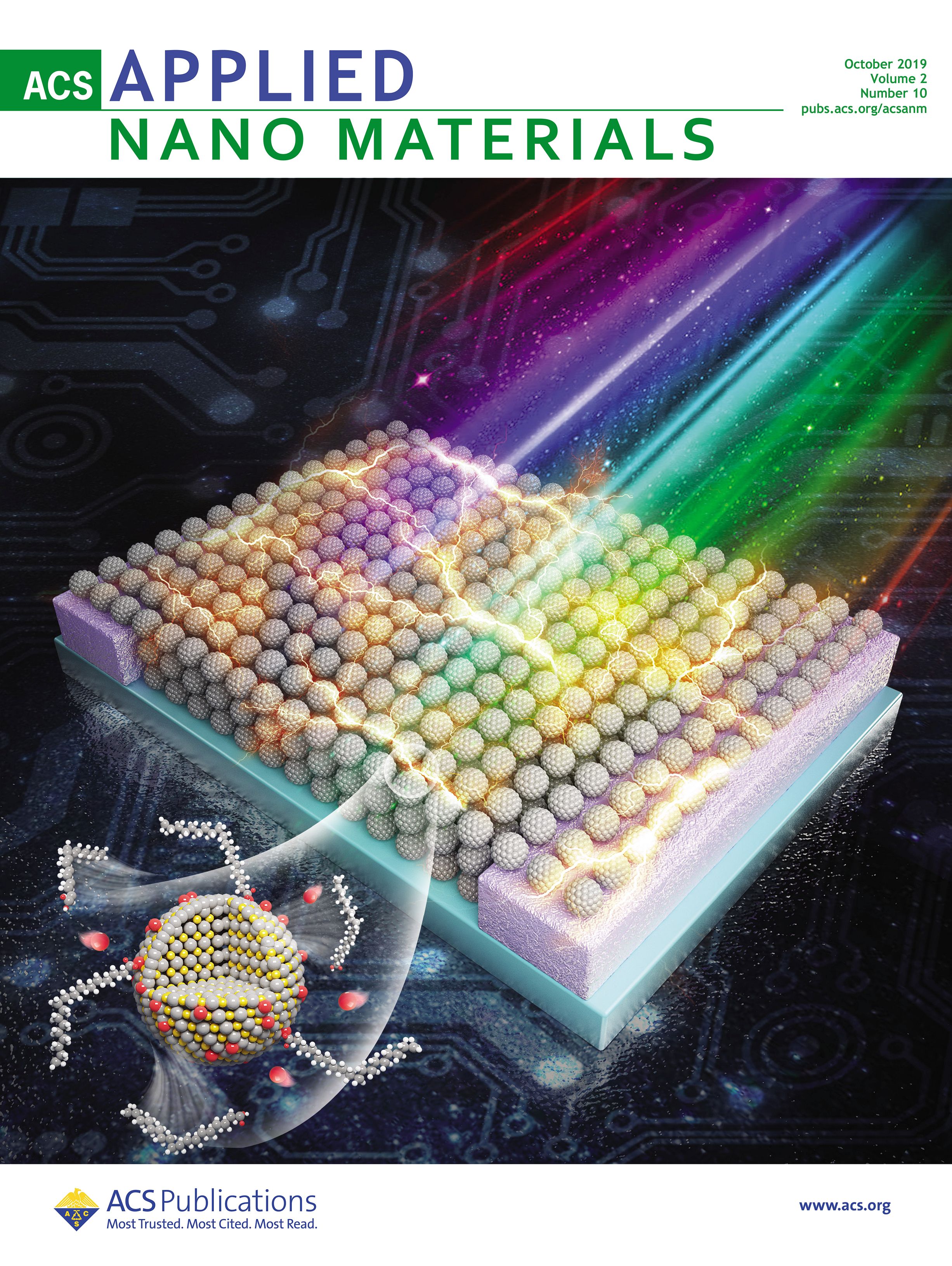
Title: Lead Sulfide Quantum Dot Photodetector with Enhanced Responsivity through a Two-Step Ligand-Exchange Method
Abstract: Recently, lead sulfide (PbS) quantum dots (QDs) have demonstrated great potential in becoming one of the most promising next-generation photoelectrical materials for photodetectors. PbS QDs provide fascinating properties including size-controllable spectral sensitivity, a wide and tunable absorption range, cost-efficient solution processability, and flexible substrate compatibility. One of the key problems that limit the performance of PbS QDs-based photodetectors is inefficient carrier transfer. Long ligands decorating the outside surface of PbS QDs to protect them against degeneration inhibit the transfer of electrical charge carriers and thereby limit the device performance. To overcome this problem, the long ligands need to be effectively exchanged. Here, a two-step ligand-exchange method is demonstrated. The QDs are pretreated using methylammonium iodide in solution as the first step ligand exchange before the layer-by-layer deposition process and solid-state ligand exchange. The grazing-incidence small-angle X-ray scattering and X-ray photoelectron spectroscopy analyses prove a smaller spacing among the QDs and an increased ligand-exchange ratio by adopting the two-step method. This strongly indicates a better capability of charge transfer than the traditional one-step solid-state ligand-exchange technology. Devices fabricated using the two-step method present an enhancement of the charge-transfer capability with a larger current. The efficient charge transfer is further demonstrated by a significant 94% increase of the responsivity and a 57% enhancement of the detectivity of the PbS QDs-based photodetector, reaching 3302 mA/W and 5.06 × 1012 J, respectively.